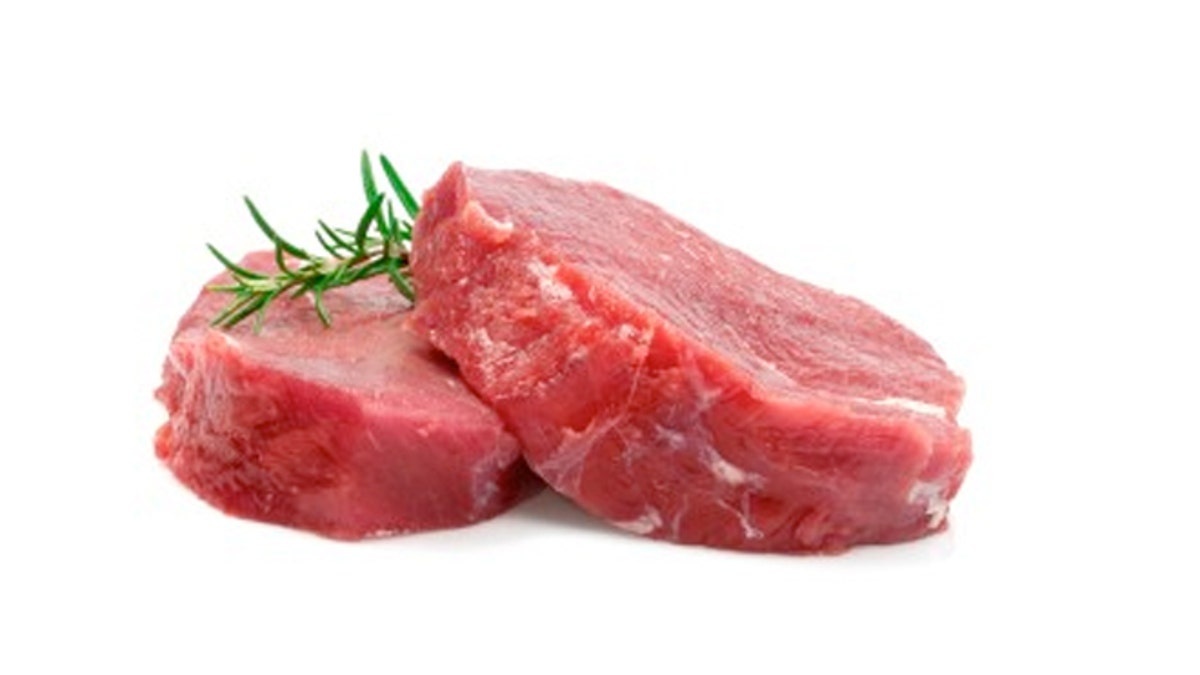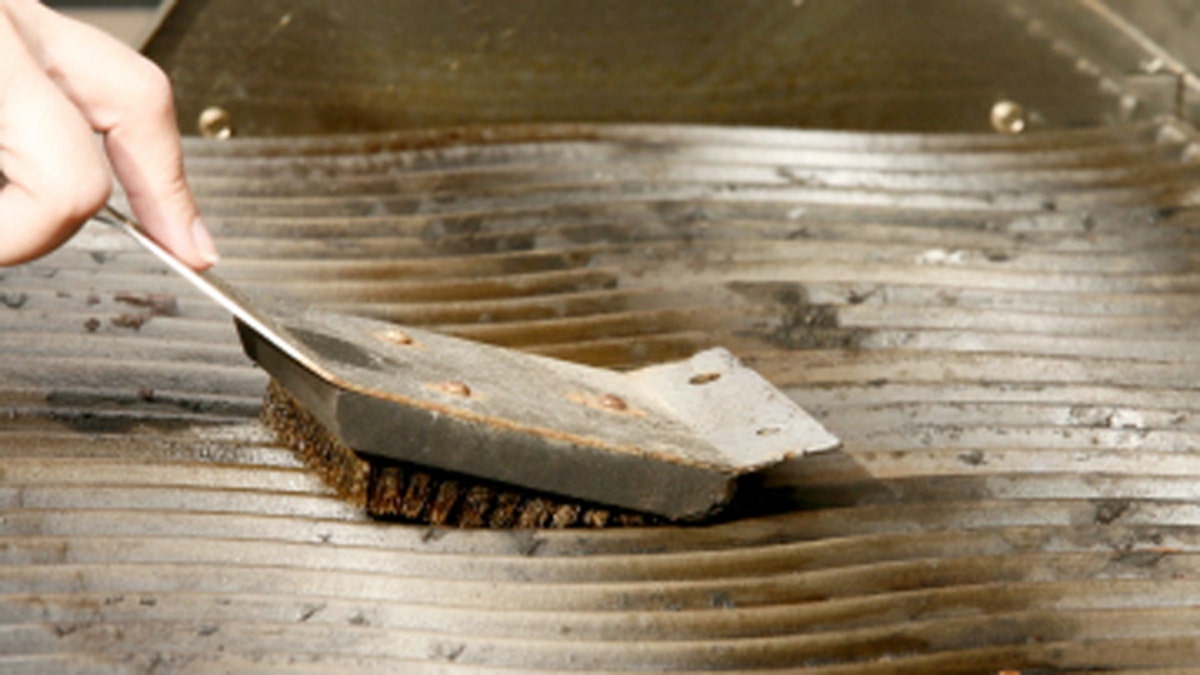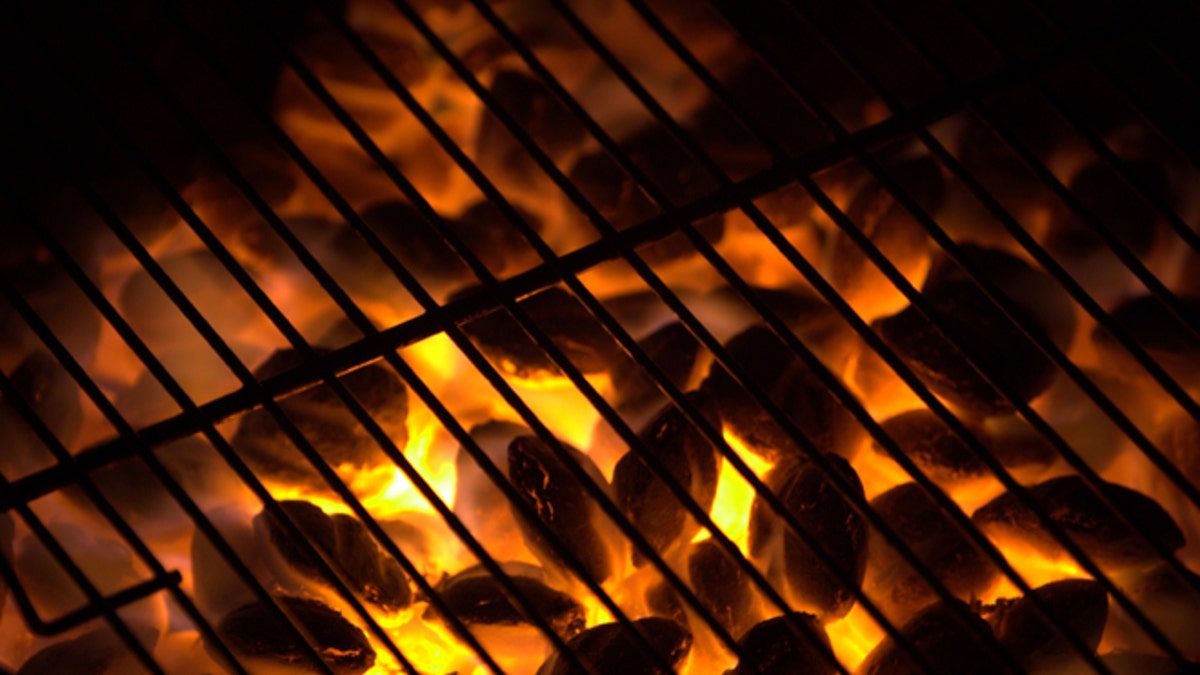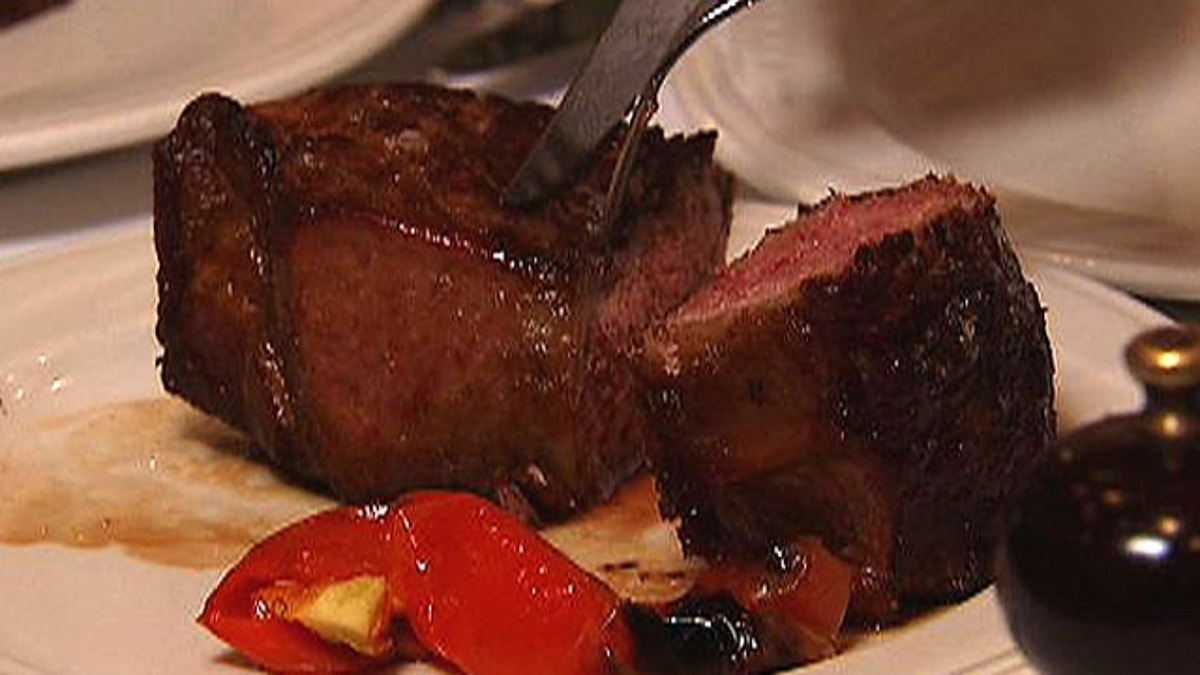Some of us are masters at open-flame cooking; and some of us… well, we just think we are. Either way, it’s never a bad idea to check in with the pros.
We caught up with Bruce Bozzi Jr., fourth-generation owner of the Palm restaurants and Jim Ginocchi, owner and creator of Coyote Outdoor Living, the Dallas-based crafter of cutting-edge grills (because who better than a Texan to tell you about open-flame cooking?). They gave us for some hot, flame-licked tips on how to make this Father’s Day the juiciest, meatiest, most delicious ever.
But before we get into the meaty nitty-gritty, let’s deal with the elephant on deck: gas v. charcoal. Both Ginocchi and Bozzi say it’s really a matter of personal preference. Both methods have their charms – the gas grill has ease of use and convenience; the charcoal grill offers unparalleled flavor.
“Gas is perceived as easier, but as the quality of charcoal grills improves, people are coming back to it. It offers a more smoky, barbecue-y type of taste,” says Ginocchi. “Charcoal is a little more high-maintenance, though – you have to tend to the coals and make sure they’re glowing. Gas is easier in terms of on and off.”
The conundrum led Ginocchi to invent a new type of grill from Coyote that came on the market this past March – a 50” hybrid, that offers a two-burner gas grill on one side, and a charcoal grill on the other.
“From a taste perspective, many people prefer the smokier, richer taste of charcoal, but it’s a personal preference,” offers Bozzi. “I grill on a gas grill because I like the consistency of temperature.”
Once you’ve decided how you cook your steak, here are some sure-fire tips to get your grills-gone-wild festivities in tip-top form:
1. Buy good meat

(iStock)
No tricked-out grill or Bobby Flay-like talents can fix the flavor of a lousy piece of meat. At the Palm, only prime, 38-day aged steak is on the menu. Still, Bozzi says, choice is a fine option, too. “It’s prime vs. choice vs. select – those are the three levels, with select being lowest, choice middle, and prime the best,” he says. “If you go to the butcher, ask for a choice or prime -- both are very good. But prime is great! Focus on those two grades and you’ll eat well.”
2. Clean and prep your grill

(iStock)
This might sound like a given, but not only will your food taste better, you’ll extend the life of your equipment. “Make sure the grates are clean and, for a gas grill that the burners and flavorizer bars are cleaned. If you’re cooking burgers one night, and salmon next, you want to make sure you’re keeping those flavors true,” says Ginocchi. “And when it’s cool, wipe it down just like you’d do to your stove.” When the grill is cool, it is also the optimal time for gas-grill users to wipe down parts like flavorizer bars and burners, get rid of any fallen bits from the previous cooking session, and clean out the grease trap. When it’s hot, make sure you prep for your grill session by rubbing down the grates with a wire brush and prepping your grates. “I like to spray mine with a non-stick surface product and brush it with olive oil -- prep it like a pan.” Another great tip for added flavor from Ginocchi: Cut a whole head of garlic in half and rub it directly on the grill grates for extra seasoning.
3. Heat it up

(iStock)
Ginocchi insists that a big mistake many grillers make is firing up the grill and then immediately tossing the meat on before the grill has properly heated. “A lot of folks do this, weather charcoal or gas. They watch the thermometer go up a little, and throw meat on. Then they wonder why the meat isn’t cooking right.” Turn on or light your flames to a medium or medium-high level and slowly get to the temperature you want. Don’t be in a rush. A grill is just like an oven – you’ve got to preheat it.
4. Prep your meat

(iStock)
“Take your meat out and let it sit. Don’t put it straight from the ‘fridge to the grill!” warns Bozzi. “For steak, let it sit on the counter for 15 to 20 minutes – it cooks better and you’ll achieve that nice, crusty char.” Make sure you trim your meat of any excess fat at this point to prevent the flames of flaring up as well. Also, make sure you get your marinade or rub in the mix at this point, but don’t overdo it. “I like to keep them simple and akin to what the food is,” says Ginocchi. “For a churrasco flank steak, I’ll add in subtle spices and herbs – I don’t like to over power it. The meat is what brings the flavor -- you just want hint of spices. I think less is better. You don’t need to be overcomplicated.” He’s particularly a fan of rubs: “A mix of different spices, salts, and peppers is fantastic at flavorizing the crust of the meat, and the spices also infuse into the layers of the meat on the grill. They’re much easier to use than sauces.”
5. Don’t mess with it

(iStock)
A big mistake many grillers make is to poke, flip, press, and just plain monkey with the meat too much – doing this dries it out. “Too much touching of the meat causes it to lose flavor from loss of the blood and fat – it becomes tasteless. Put it on the grill and, for a steak, let it stay 4 minutes on one side, and 4 to 5 on the other for medium rare,” says Bozzi. And never press on it with a spatula – you’ll lose all those good juices inside and dry out the meat. Bozzi also offers this tip for those unsure of doneness: “You can feel it if you press down on the steak.” A rare steak will be very pliable to the touch; a well-done steak won’t have a lot of give when you press on it. “If you put your thumb and pointer in L shape and squeeze piece of skin, that firmness is the way the steak should feel.” Another tip: Ginocchi cautions against frozen meats: Burgers are fine – they can go from the freezer to the grill and are easy to not screw up. But don’t throw frozen steak or fish on because it’s tough to regulate. You’ll get burnt edges and it won’t be cooked through. Have it defrosted and ready to go.”
6. Let it rest

(FNC)
After lording over the flames and smelling that delicious meat cooking, who could blame a backyard chef for cutting right into that delicious-looking steak right away? Don’t do it, says Bozzi. Letting your meat sit for 2 to 3 minutes after it comes off the grill is an important step not to skip. “Don’t cut right into it,” he cautions. “You’ll lose the juices!” Which in turn dries it out and leaks out some of the flavor. Your patience will be rewarded.
